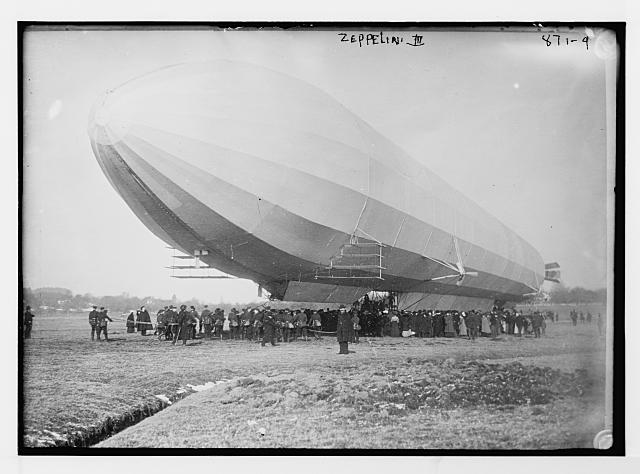
1922 Gettysburg College Spectrum, Special Collections, Gettysburg College.
Where I last left you, Percy Eichelberger was a 25 year old combat veteran with wound chevrons, returning to Gettysburg College to try and resume his pre-war life. Eichelberger’s track record between 1919 and his graduation in 1921 is amazing, to say the least. He threw himself back into college life, becoming the Captain of the Debating Team, President of the Educational Club, and a member of the Active Service Men’s Club. In addition to a full course load and leadership in these extra-curricular clubs, Eichelberger stepped up to command the newly organized Albert J. Lentz American Legion post, named in honor of the first fallen soldier from Gettysburg. The Legion chapter had been organized by fellow veteran John Hartman, but Hartman stepped down shortly after when he was elected town sheriff.
With the assiduous Eichelberger at the helm, the ship of historical memory began to set sail in Gettysburg. It is not an exaggeration to state any official commemoration, memorialization, or remembrance of the Gettysburg’s role in the immediate post war years had Eichelberger’s name all over it. He played a key role in organizing for the 1920 dedication of the Memorial Tablet to honor the County dead and delivered one of the dedication addresses. Speaking of the tablet, he framed the way Gettysburgians should view the list of the 53 dead men from the county:
“In the first place this tablet represents great sacrifices—sacrifices so great that they cannot be computed—sacrifices the cost of which lie beyond the domain of mathematics…In the next place this tablet we dedicate is not a tablet representing sorrow. It is a memorial of honor. In honor of mothers who bade their sons do brave deeds, in honor of wives who wept for husbands who should never come home again, in honor of children whose heritage is their fallen father’s name, in honor of men who counted not their lives dear when their country needed them. They answered their country’s call in defense of its honor. By this the red of our flag has been deepened by the crimson flow of their blood, the white has been made purer on account of the new order it proclaims. So it now remains for us as we dedicate this tablet to here resolve that this land shall no know other banner than the Stars and Stripes and that is shall forever float in triumph and in glory.”

Memorial Tablet
For Eichelberger, his own wounding and the experience of war had increased his dedication to his beloved “Stars and Stripes.” Although recognizing the severity of sacrifice not only of the men, but of their families, he did not want Gettysburgians to see only blind grief. His tireless efforts to commemorate did not stop there. After having a conversation with a fellow college war veteran, Paul Foulke, and coming to the conclusion that the county had played a “noble part in the war,” Foulke and Eichelberger decided “…for the sake of posterity…to preserve in tangible form a record of these noble deeds of military activity, and the home work.” This culminated in the 1921 book Adams County’s Role in the Great War. Compiled by Eichelberger and edited by Foulke, the book deals with the town Red Cross, the Liberty Loan, military campaigns Adams County men were involved in, and a detailed Roll of Honor of every man who served with special attention paid to those who had died.
In many ways, any memory of Gettysburg and the Great War is largely thanks to the efforts of Percy Eichelberger. Though he moved to New York in 1921 after his graduation and lived there and in New Jersey until his death in 1968, Eichelberger’s work in Gettysburg during the end of his college career has been key to my research. Eichelberger’s body was returned to Gettysburg after his death and today he is buried in the Evergreen Cemetery with his family right next to the Soldier’s National Cemetery. Today at the college, we have a motto, “Gettysburg Great.” This Great War Gettysburgian certainly fulfilled the motto.
















